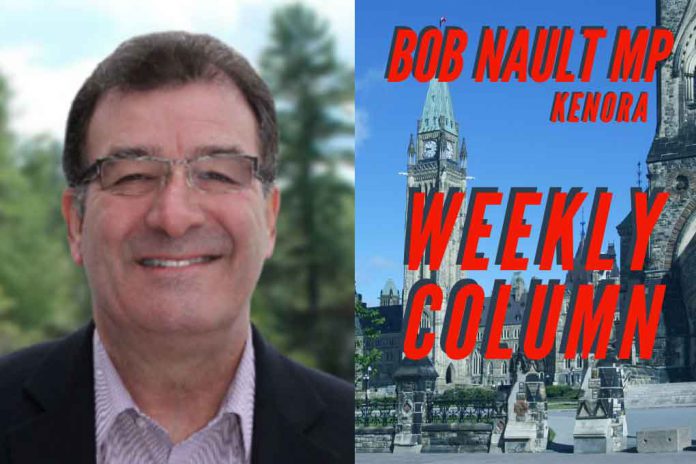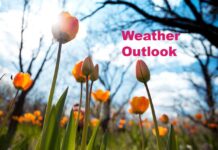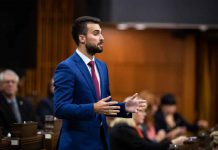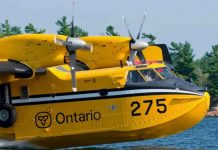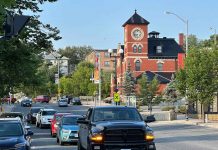KENORA – POLITICS – As I spend the summer months travelling throughout the riding, visiting the communities and people that make our area so vibrant and dynamic, I can’t help but think about the progress we’ve made. The reality is that rural accomplishments look much different than urban accomplishments; where a city gets a new subway line, the North gets an all-weather road. Nonetheless, these accomplishments are something to be acknowledged and celebrated, as we continue to build the North and make it an even better place to live and raise a family.
To help the government better understand and make decisions on the needs of rural Canadians, this government appointed a Minister of Rural Economic Development in January 2019. The Minister’s role is to help ensure that programs and services are developed that respond to the specific and unique needs of Northerners and rural Canadians. In order to help small businesses succeed in Northern Ontario, the key is to provide them with the tools they need to expand their enterprises and create more jobs. After consulting with Canadians in all provinces and territories on how to bring long-term economic growth to rural and remote communities, we recently launched Canada’s Connectivity and Rural Economic Development Strategy.
In order to address one of the main barriers to the success of small- and medium-sized businesses in the North, the federal government made a commitment to have 95 percent of Canadian homes and businesses connected to internet speeds of at least 50/10 Mbps by 2026, and 100 percent by 2030. To achieve this, a new Universal Broadband Fund was created, and up to $1.7 billion over 13 years will be invested to build the necessary infrastructure which will ensure that underserved communities are connected to high-speed internet. This approach will also include using Low Earth Orbit satellite technology to ensure all rural communities are connected as well.
Rural municipalities also face a very unique set of challenges, which is why the federal government announced a one-time doubling of the gas tax to $2.2 billion in Budget 2019. These additional revenues went directly to municipalities, including communities in the riding, which have allowed them to get some of their priority infrastructure projects underway.
As Northerners, we have chosen to live here because it provides us with something we can’t find in larger cities: pristine landscapes, unique business opportunities, and a wonderful sense of community. By continuing to invest in modern infrastructure throughout Northwestern Ontario, the benefits will be felt not only by Northerners but by all Canadians. While there is no one-size-fits-all solution, our municipal leaders understand their communities best. They also understand what they need in order to grow their local economies. In turn, this government recognizes that to be successful, we must come together and work as one.
We know the North is rich in resources, skilled labour, and ingenuity. We also know that as we move ahead with our Rural Strategy, future generations will be in an even better position to develop the full potential of the North.
Connecting the North and building our local community economies, whether it is by continuing to build all-weather roads, bringing high-speed internet and cell service to underserved areas in the Kenora riding, or ensuring all our communities are connected to the electrical grid, Northerners know we need to get this done. I’m pleased with the progress we have made so far, and although we still have much more work to do, I’m confident that we can make the North an even better place to live, work, and raise a family.
Bob Nault MP

